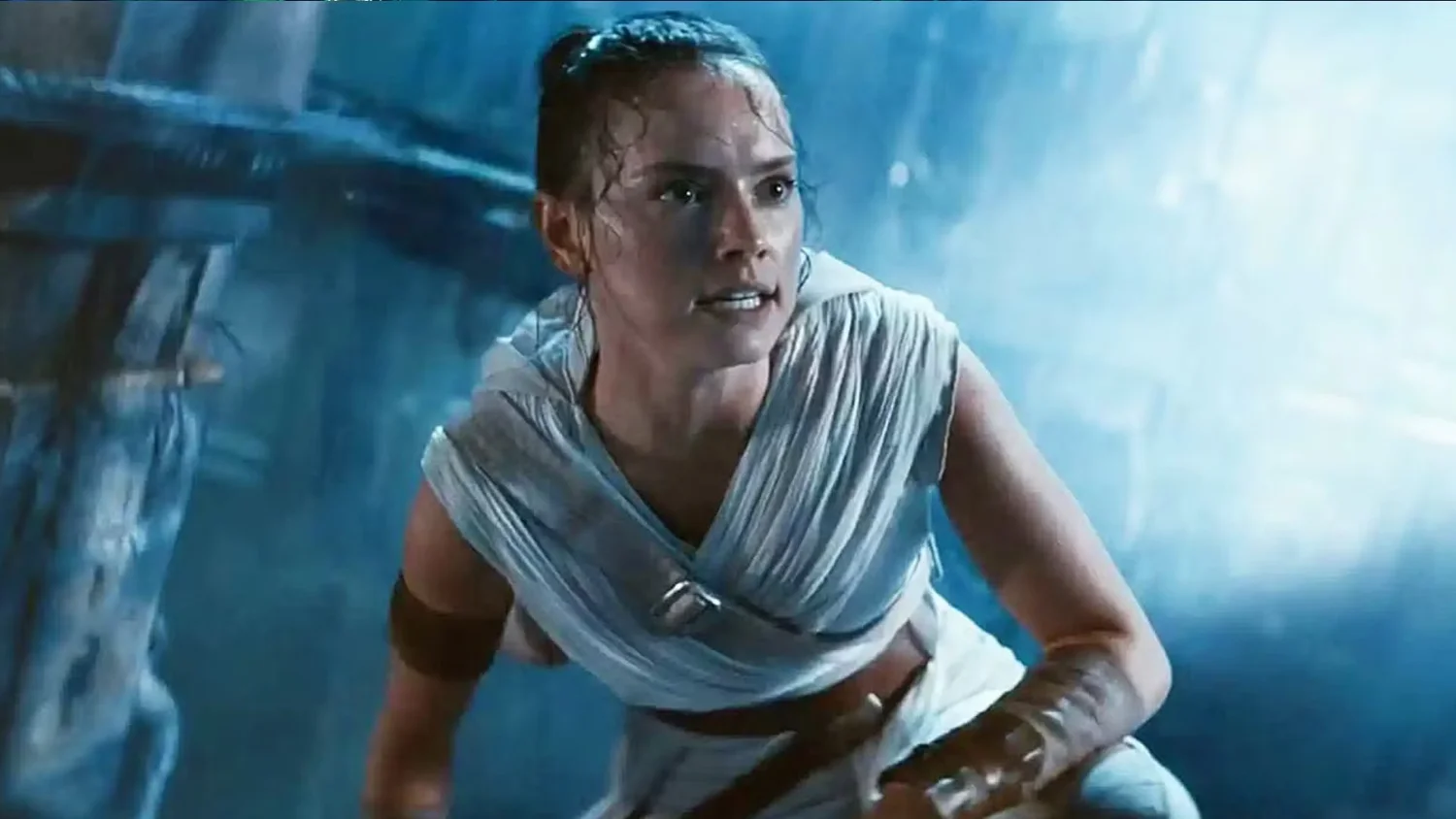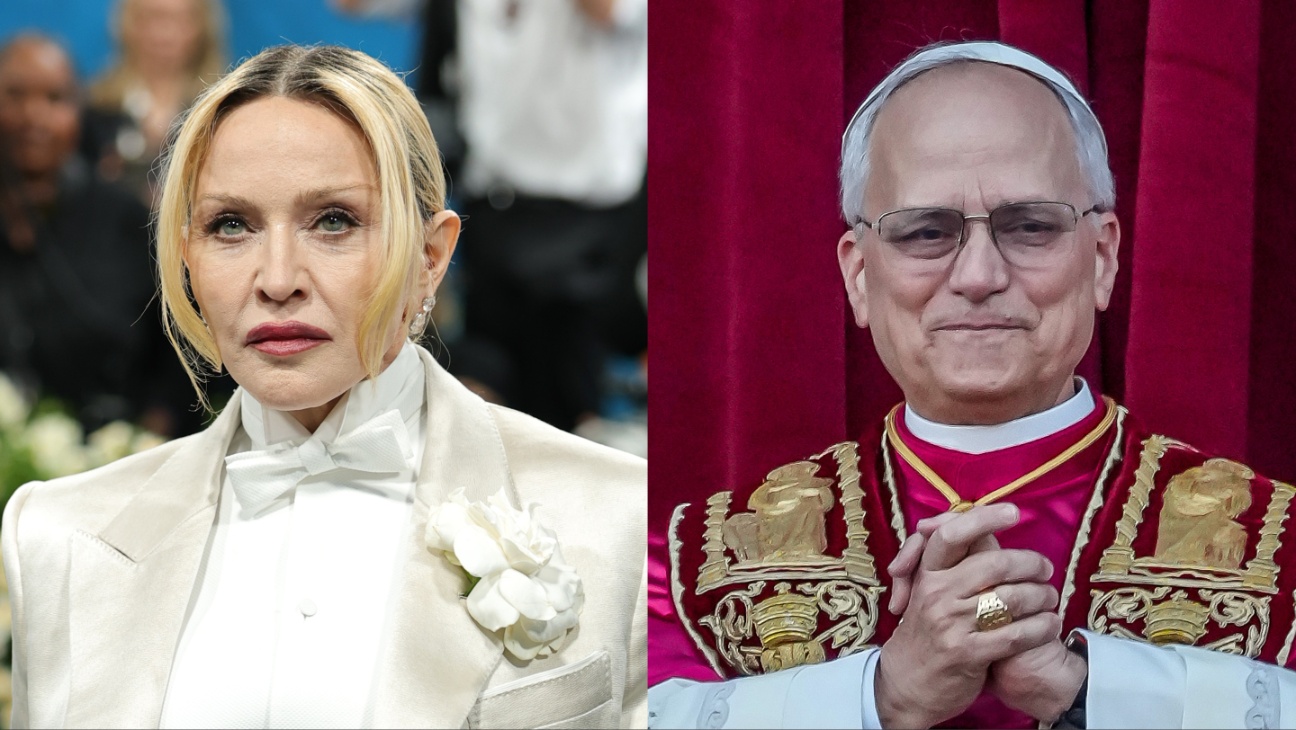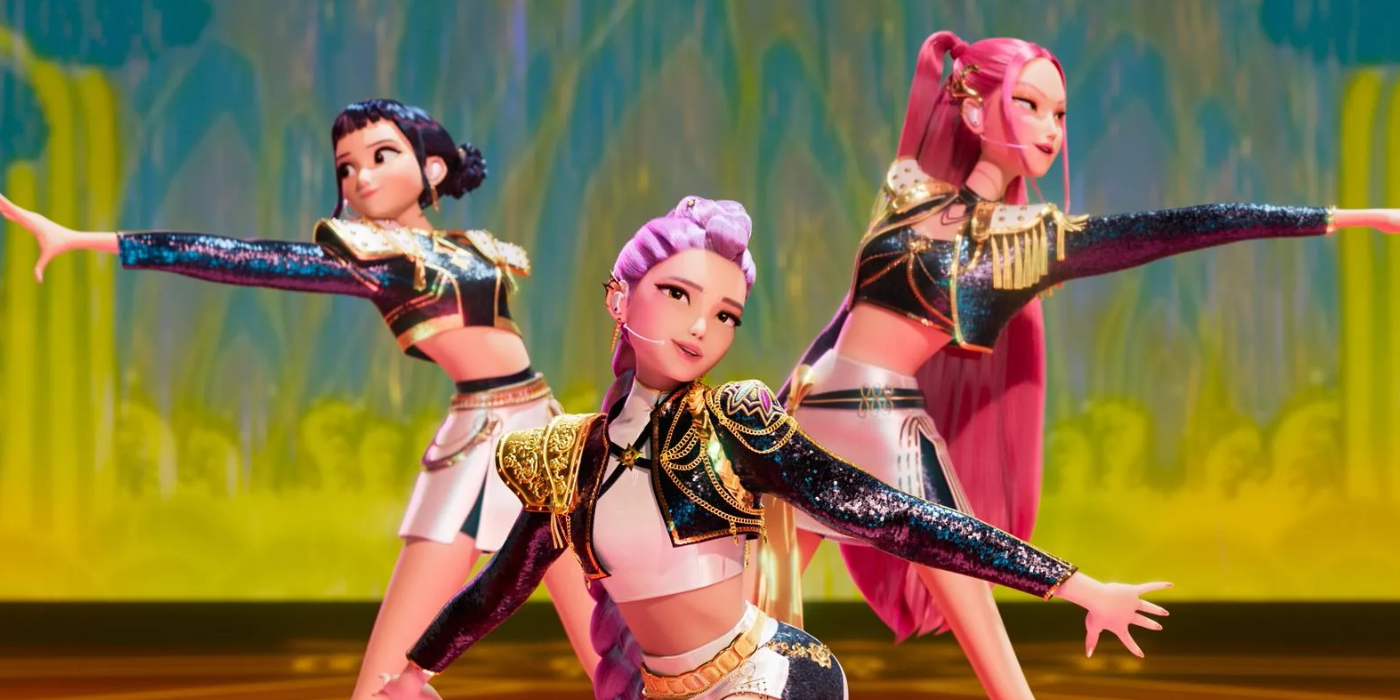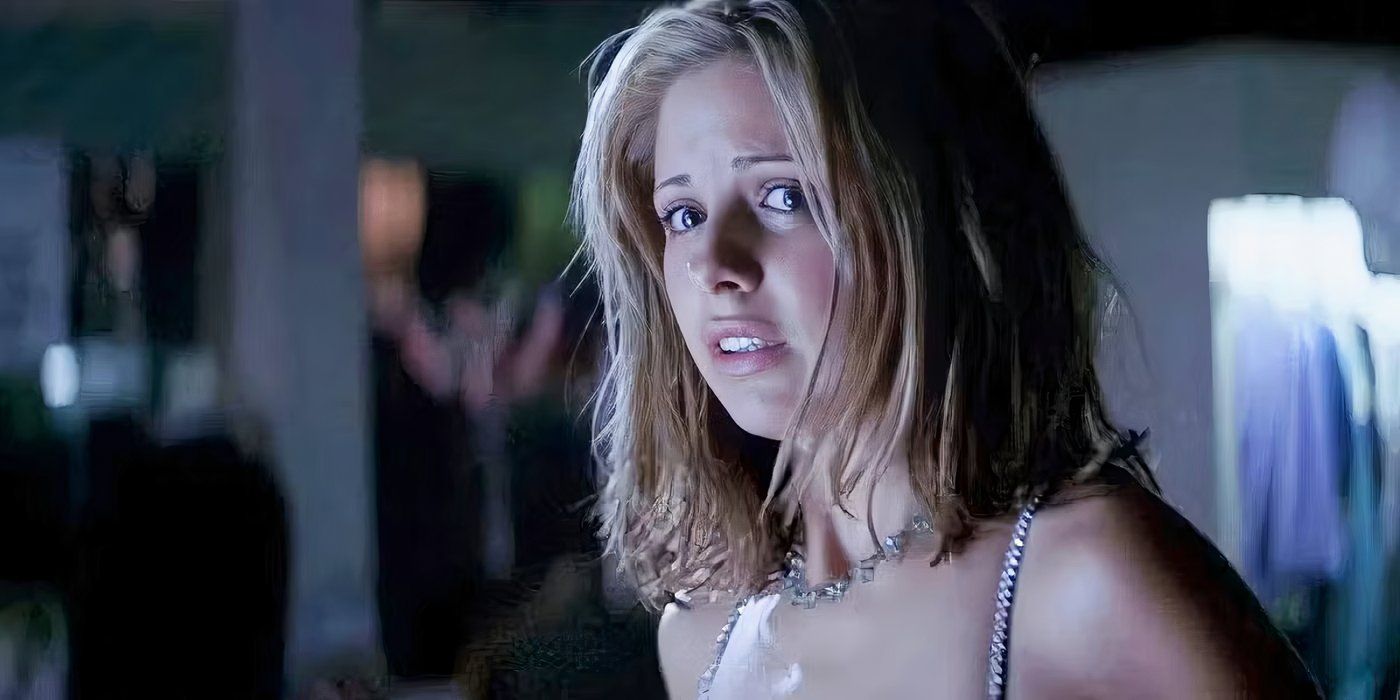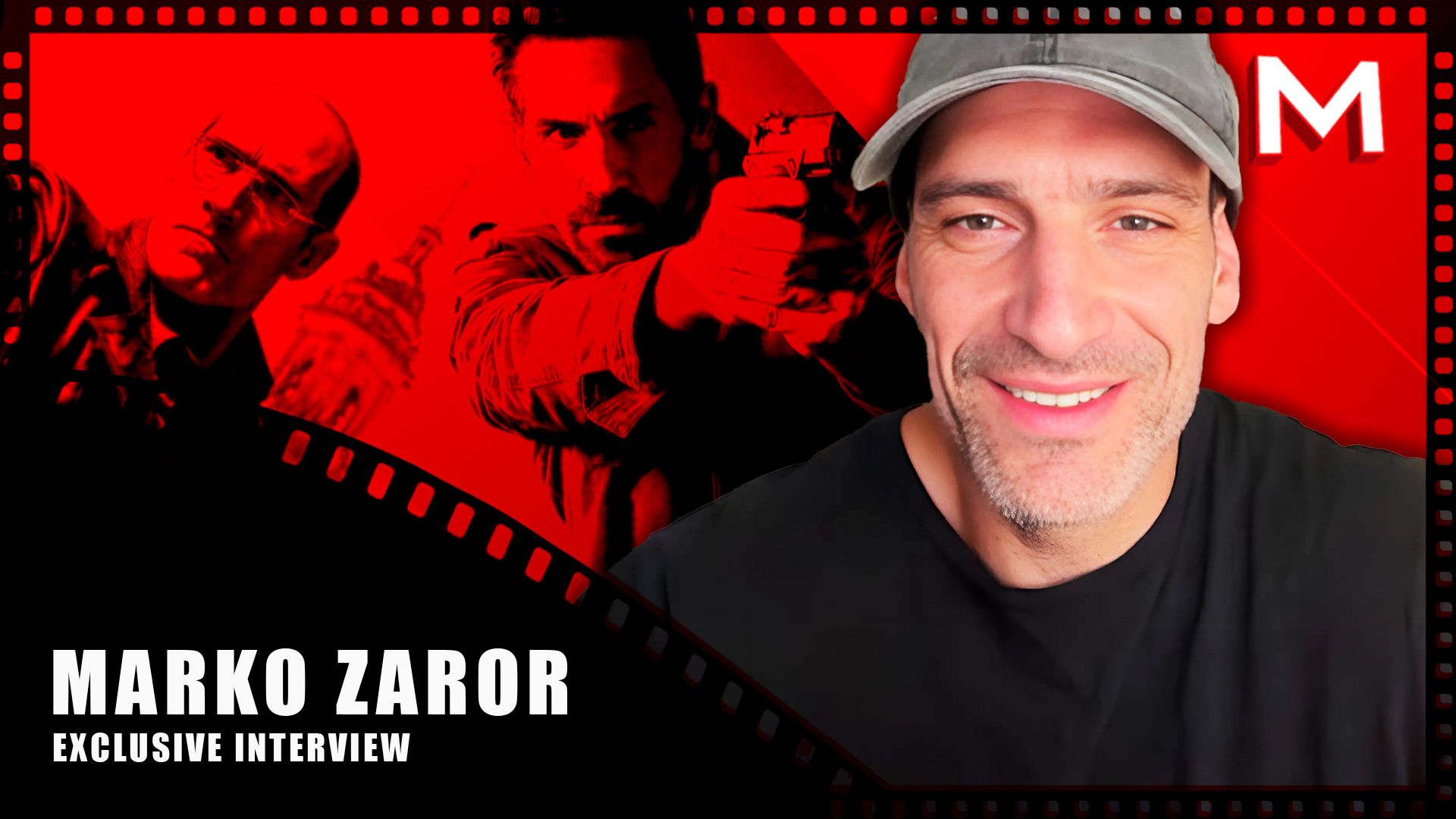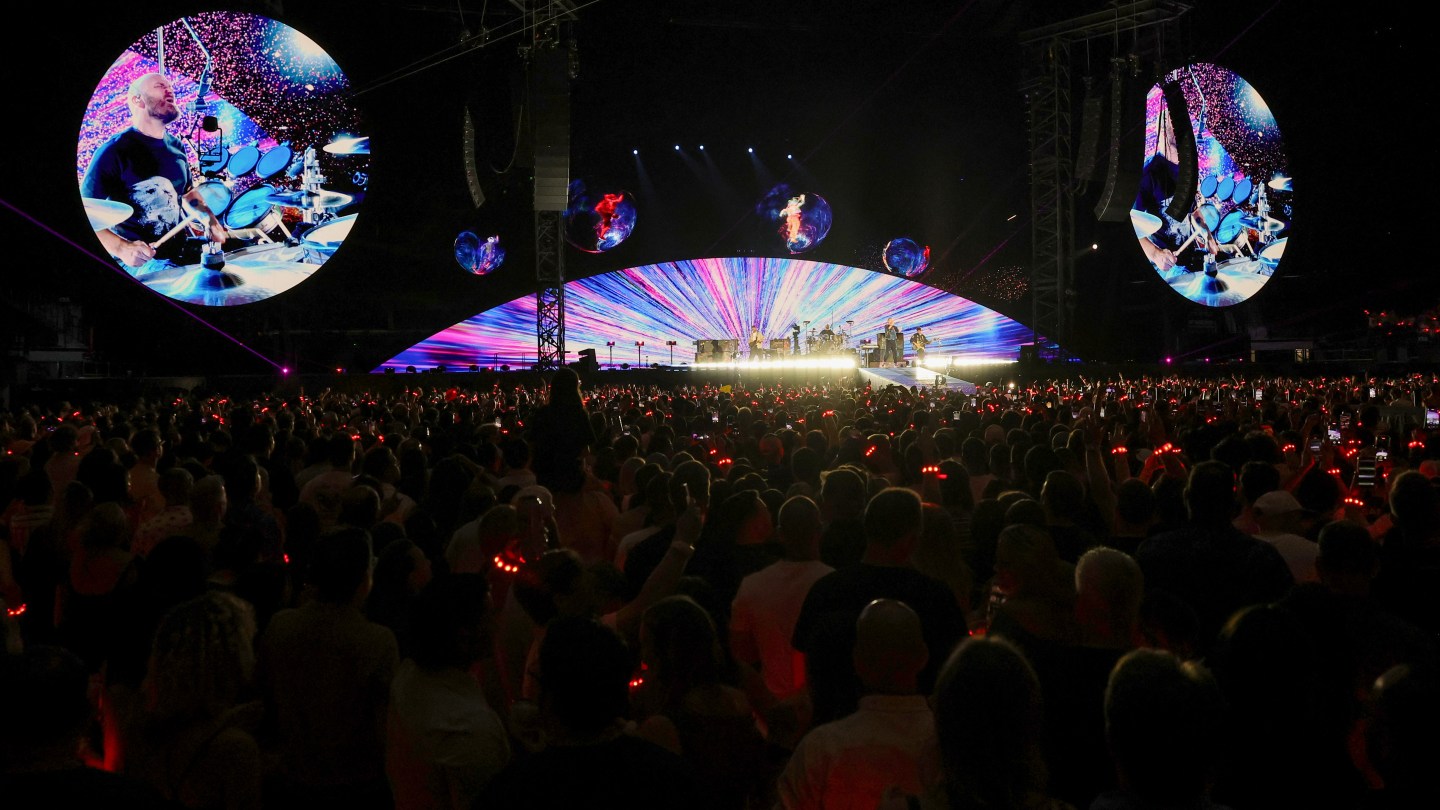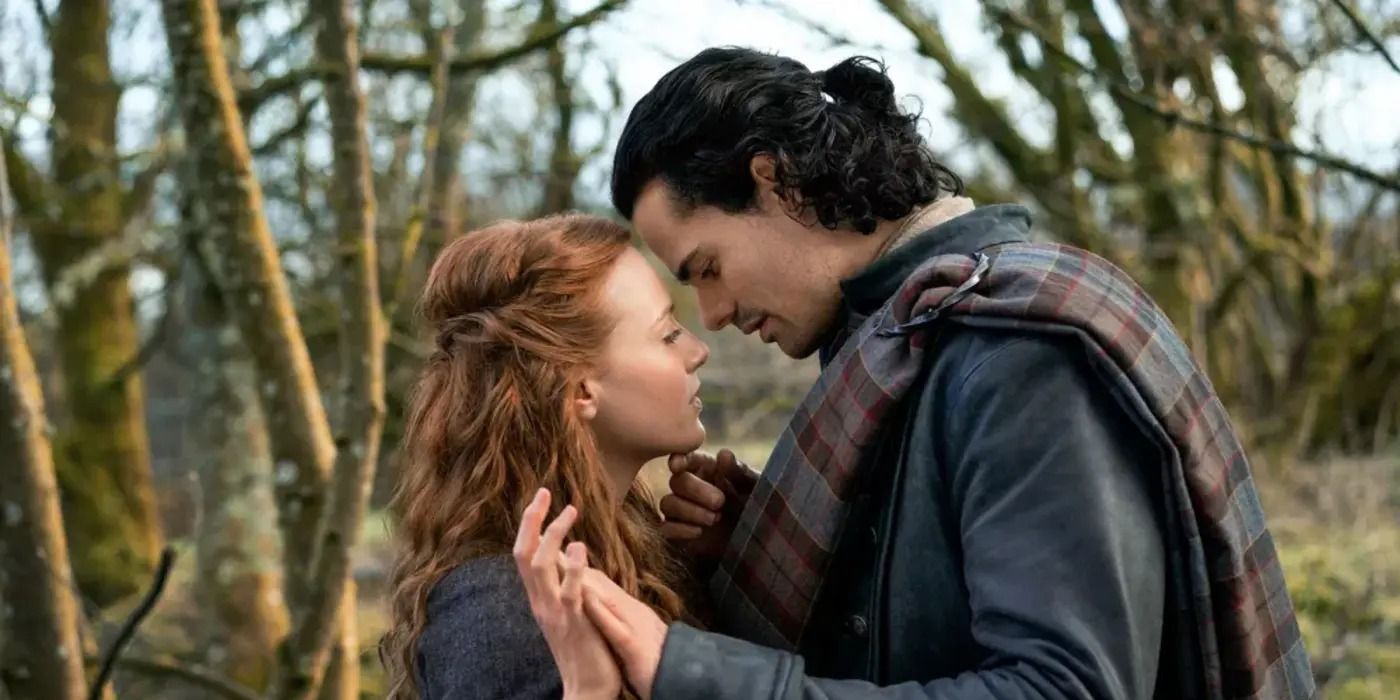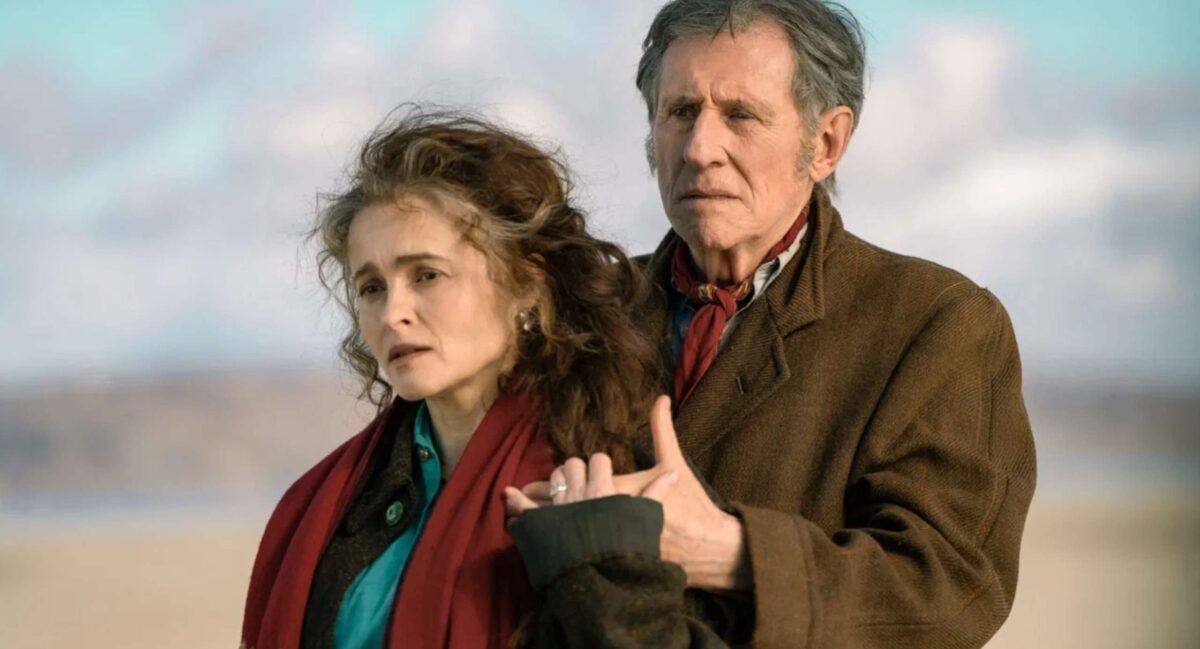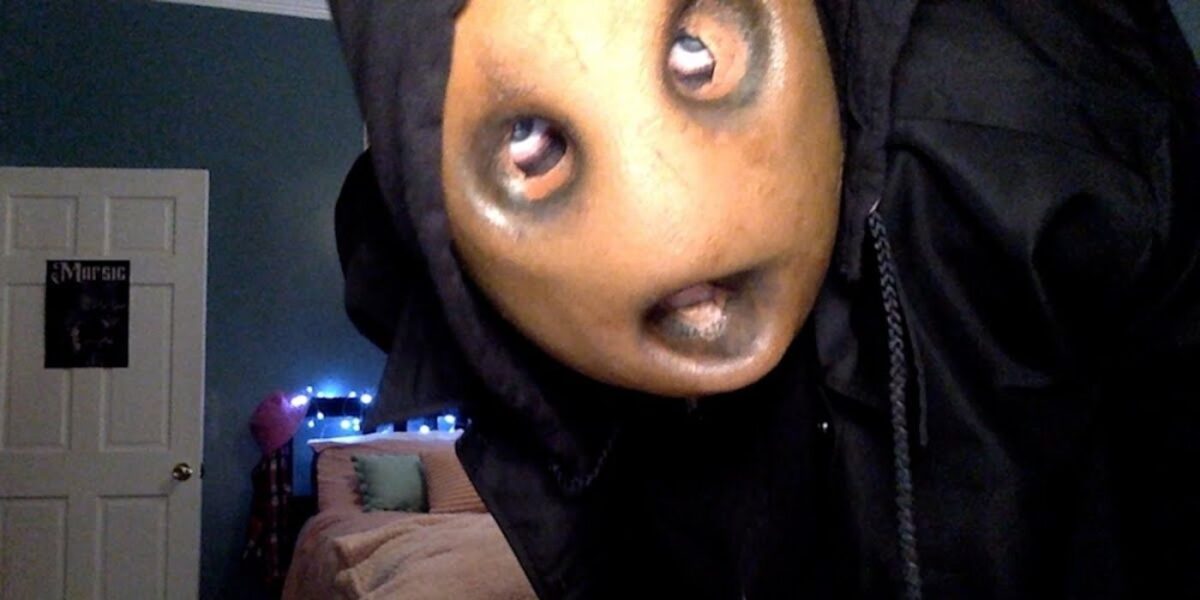
The Visual Masterpiece of the Balrog
Jun 4, 2023
Peter Jackson’s Lord of the Rings trilogy is a widely loved movie series that has deeply engrained itself into popular culture and mainstream movie viewing. The story is masterfully woven throughout the series, and the perpetual tale of hope is inspiring. The trilogy was a box office sensation and won multiple Academy Awards, including Best Picture for Lord of the Rings: Return of the Ring. Yet the Lord of the Rings trilogy has more to it than just a good story.
The Lord of the Rings: The Fellowship of the Ring kicked off the award-winning trilogy in 2001. It follows the Hobbit named Frodo, who, alongside the titular Fellowship, goes off to destroy the mythical One Ring of Power. Along their journey, the group ventures into the Mines of Moria, a subterranean labyrinth under the Misty Mountains. Here, the great and powerful wizard Gandalf fights against a great and terrible fallen angel known as the Balrog. As the party crosses the bridge with Frodo, Gandalf stays behind and faces off against the Balrog. Gandalf sacrifices himself (he returns in the follow-up, The Two Towers). The Fellowship of the Ring remains a technical marvel all these years later, and the image of the Balrog has become a pop culture icon. Here is how Peter Jackson and the team at Weta Digital brought this monster to life.
MOVIEWEB VIDEO OF THE DAYSCROLL TO CONTINUE WITH CONTENT
Why Does the Balrog Look So Good?
New Line Cinema
The Lord of the Rings series is famous for using various techniques of VFX to bring Middle Earth to life, from pioneering motion capture technology to bring Gollum to life to mixing stand-ins with clever camera angles and specially designed sets to convey the various sizes of the residents of Middle Earth. The series features groundbreaking visual effects. It is no wonder The Lord of the Rings trilogy won the Best Visual Effects Oscar three years in a row. The Fellowship of the Ring was no stranger to its fair share of these VFX, but perhaps one of the most impressive is the Balrog.
The Balrog was created using CGI and practical VFX work. It began with a small team of people building a physical model to represent the Balrog. This model was then taken into a dark room to be scanned. They would then transfer the scan of the model into a 3D space. After the transfer, the artists would go back through the model and rig it with movement systems commonly used in CGI and animation, such as a skeleton and muscles.
Related: How CGI Transformed Hollywood: From Jurassic Park to the MCU
Trying to craft the demon into a masterpiece was difficult. They recognized that fire should come from it but weren’t quite sure how to approach it. They began to animate some of the fire around the creature but thought it looked odd. So, an animator went through and calculated where visual distortion would be in real life from the power of the flames. Using a system he created, the animators went ahead and continued crafting the Balrog.
Size and Shadow Sell The Illusion
New Line Cinema
Jackson had told the animators that he wanted something big and powerful, so the animators found themselves trying to figure out how to move the creature. In real life, there are few animals as big as the Balrog. Because of that, it was difficult for the animator to decide how fast such a large demon would be able to move. Scientifically, the more mass something has, the more energy it takes to move. This means that a creature, such as an elephant or a whale, requires more energy to go to its top speed than a human, who would require much less energy to move its body. This means that a giant creature like the Balrog would have to use a lot of energy to be able to move and would move slowly. This is why large characters like Scott Lang’s Ant-Man in the MCU or Godzilla move at a slower speed.
Luckily, where the Balrog gets its energy has a simple answer. The Balrog does not need to eat to survive. The Balrog does not use the darkness or the heat it produces as an energy source. Instead, the Balrog gains power from the divine beings of Middle Earth. After figuring out how fast to make their animation, the animators then took to the iconic design of the animation.
Related: The Return of the King: Revisiting the Finale of Peter Jackson’s Lord of the Rings Trilogy
The Balrog in and of itself isn’t necessarily a CGI marvel. It looked silly, and the Balrog was missing something, even with working flames and heat around it. A lot of early CGI often looked awkward or out of place. Even some modern movies have moments where a character might make an action that doesn’t look very fluid. The animators recognized this potential flaw and, since the characters of Fellowship were in a dark mine, cast the Balrog into darkness.
The decision to cast the Balrog into the darkness finally sold the illusion of this mythical creature and why it still looks incredible to this day. Despite being covered in fire, the fact that most of the Balrog was shrouded in darkness meant that the parts that didn’t move as fluidly could be covered, drawing attention to the parts that did work. These various decisions have allowed the Balrog to stand the test of time in terms of impressive CGI and why The Lord of the Rings movies still hold up.
Publisher: Source link
Daniel Dae Kim Leads Prime Video’s Groundbreaking Spy Thriller Series With Wall-to-Wall Action
Ever since his breakout role in the widely popular series Lost, Daniel Dae Kim has been killing it on the screen. Most recently, he's been involved in projects like Netflix's KPop Demon Hunters and Avatar: The Last Airbender, but we…
Aug 14, 2025
Nobody 2 Review | Flickreel
Nobody 2 is like a National Lampoon’s Vacation movie if Chevy Chase were even more prone to violence. Ironically, Bob Odenkirk’s Hutch is cooler under pressure, despite dealing and taking more punches than Clark Griswold. Like Clark, Hutch just wants…
Aug 14, 2025
Four Letters of Love Review: An Emotionally Hollow Adaptation
Four Letters of Love arrives with the pedigree of a celebrated novel, a strong cast of veteran actors, and a sweeping premise about destiny and the inevitability of true love. Directed by Polly Steele, with the screenplay adapted by author…
Aug 13, 2025
I Was Locked Into This True Crime Mockumentary’s Serial Killer Terror Despite One Fatal Flaw
True crime documentaries have become a huge staple of modern entertainment culture. From movies to miniseries, the documentation of grisly murders and corrupt cover-ups has become a permanent subgenre of documentary filmmaking. Because of how widespread it is, it also…
Aug 13, 2025
